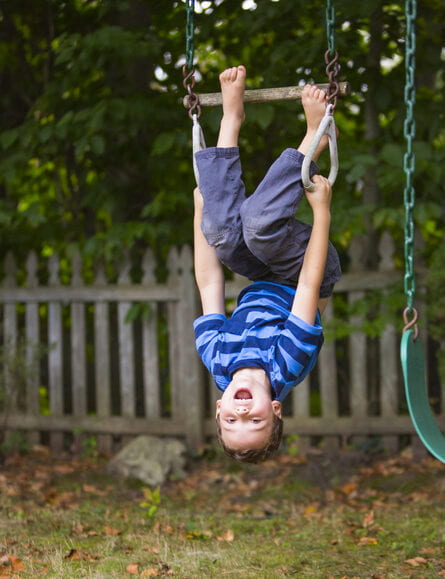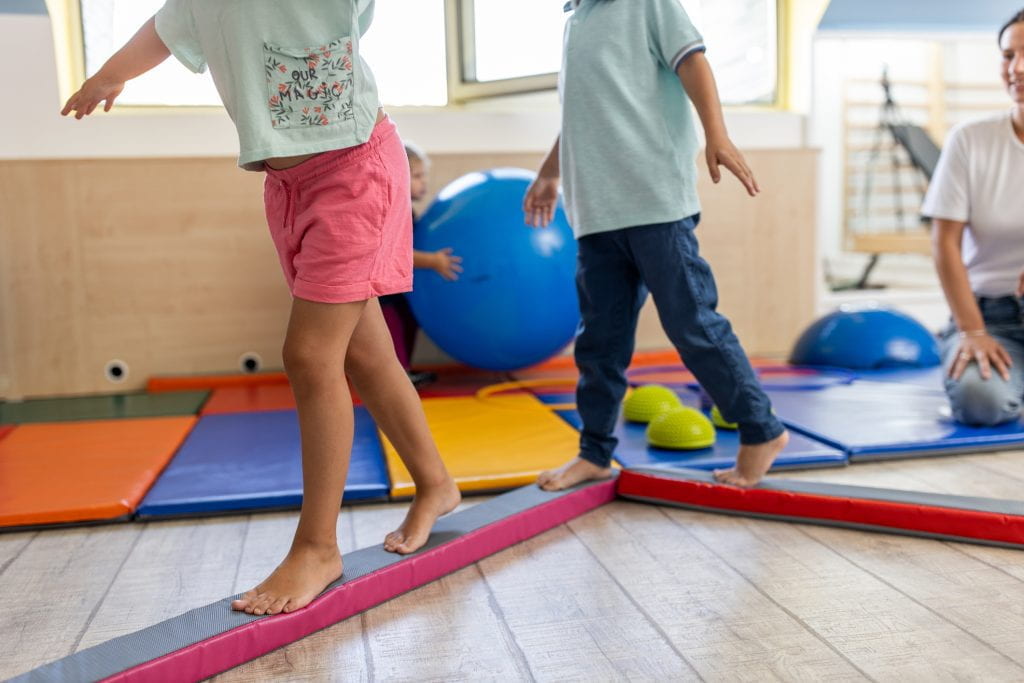Last month, we discussed proprioception, the “sixth” sense. This month, I want to address another sensory system not often talked about, the vestibular system. The vestibular system is responsible for providing us with a sense of balance and movement. This system receives input from head movements, such as turning your head side to side, looking up or down, or rotating your head in a circular motion.
The vestibular system has an important role in the development of postural control, muscle tone, bilateral coordination, and stabilizing an object in your visual field while you are moving.
The vestibular system has an important role in the development of postural control, muscle tone, bilateral coordination, and stabilizing an object in your visual field while you are moving (e.g., signs on a highway remaining still while you are driving past them). Additionally, when this sense is not regulated, difficulties with attention, behavior, and communication can occur.

Certain movements may excite or inhibit the vestibular system. Fast, rotary (spinning), jerky movements are excitatory to this system and can help children become more alert. Examples include a “Sit and Spin”, running in circles, and jumping on a trampoline. In contrast, slow, linear (straight) movements are inhibitory to this system and usually make children feel calm. Examples include swinging, going on car rides, a rocking horse/chair, and sliding down a slide.
As an occupational therapist, “excitatory” activities are performed when a child demonstrates low sensory registration. Children may present as “daydreaming” or having extensive difficulty beginning a task, whereas “inhibitory” activities are performed when a child has difficulty sitting still.
While all of these activities serve a purpose to alert or inhibit the vestibular system, it is important to use caution and perform under the guidance of a trained medical professional. Too much excitatory input (fast, rotary) can actually cause adverse reactions, such as dizziness, vomiting, incontinence, fatigue, or headaches.
For more information on the vestibular system, please follow the links below.
Stay tuned to continue learning more about our sensory systems.
